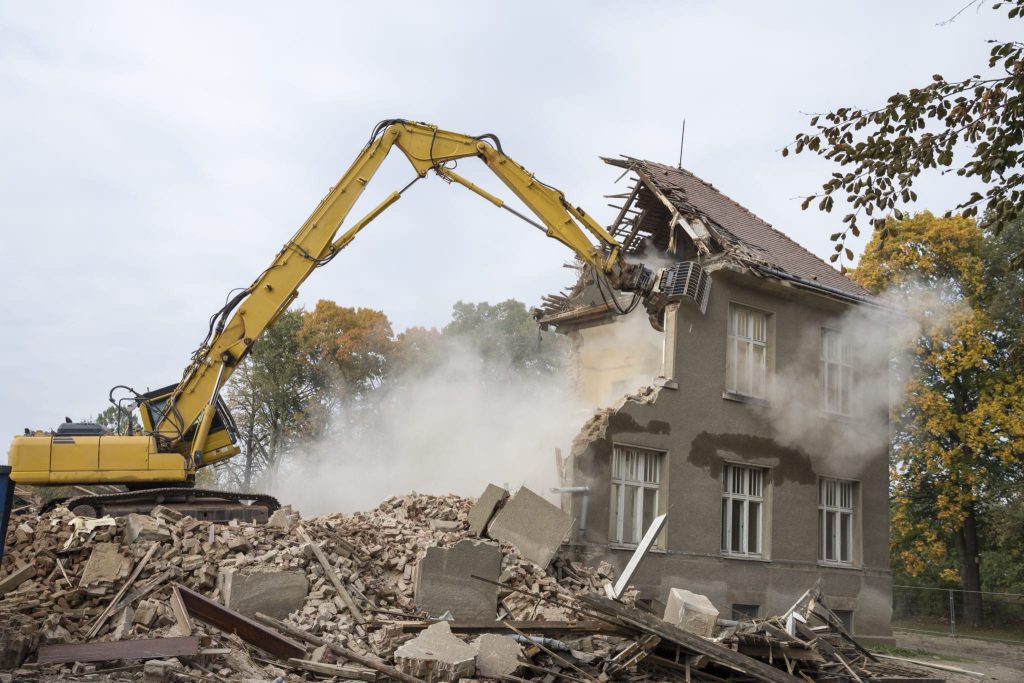
It’s financially and physically devastating to end up injured at a construction site. If you’ve been to construction accidents, you can get compensation by availing of a lawyer ASAP. You might have enough reason to launch a personal injury lawsuit against your workplace.
You don’t want your workplace to leave you high and dry while doing some of the riskiest tasks in the world. You have your worker rights to uphold, after all.
Why You Need a Lawyer after Suffering On-Site Injury
- Workers’ Compensation Entitlement: If you’ve suffered an injury while on the job, you’re eligible for workers’ compensation by law. This money should cover your medical bills and other damages to your person, such as mental grief and trauma. However, many insurance companies or employers of big businesses wish to escape from this fiscal responsibility.
- Comp Payouts or Lack Thereof: Many employees are exploited by huge enterprises or corporations, making them ignorant of their rights. The big bosses of such companies also do their best to escape giving out comp payouts as much as possible. This goes double for greedy insurance agencies with huge premiums.
- What are the Common Types of Accident Injuries? The most common instances of on-site worker injuries that can lead to the filing of an accident claim for workers’ compensation include the following examples:
- Broken bones
- Hearing damage
- Spinal cord injuries
- Severe cuts (i.e., lacerations)
- Electrocution-related injuries
- Loss of vision or total blindness
- Burns that can range from mild to severe
- Traumatic brain injuries (TBIs) like concussions
- Suing the At-Fault Party Might Be Needed: You might need to sue the company or insurance firm directly to get compensated. You can be the victim who got injured or the loved one of the seriously injured, seeking legal representation on his or her behalf. Most workers’ comp cases involve construction accidents requiring extended medical attention.
- Lawyers Can Legally Coax the Payments: Personal injury and workers’ compensation lawyers know your rights, know what you’re eligible for in light of your work site injury, and know how to deal with even the high-paying attorneys of huge corporations in order to get some decent payouts for you when all is said and done.
- When Do You Need a Workers’ Comp Lawyer? It can be difficult to ascertain when one should avail of a lawyer or not. Most people tend to avail of them in a per-need basis. Still, it’s in your best interest to contact a lawyer ASAP, particularly someone who’s knowledgeable about your plight.
For most people who’ve undergone onsite accidents, the preferable outcome is their employer and/or their insurance company give them ample coverage for the injury they’ve sustained “in the line of duty”. Once this trust is breached, a lawyer can’t be far behind.


